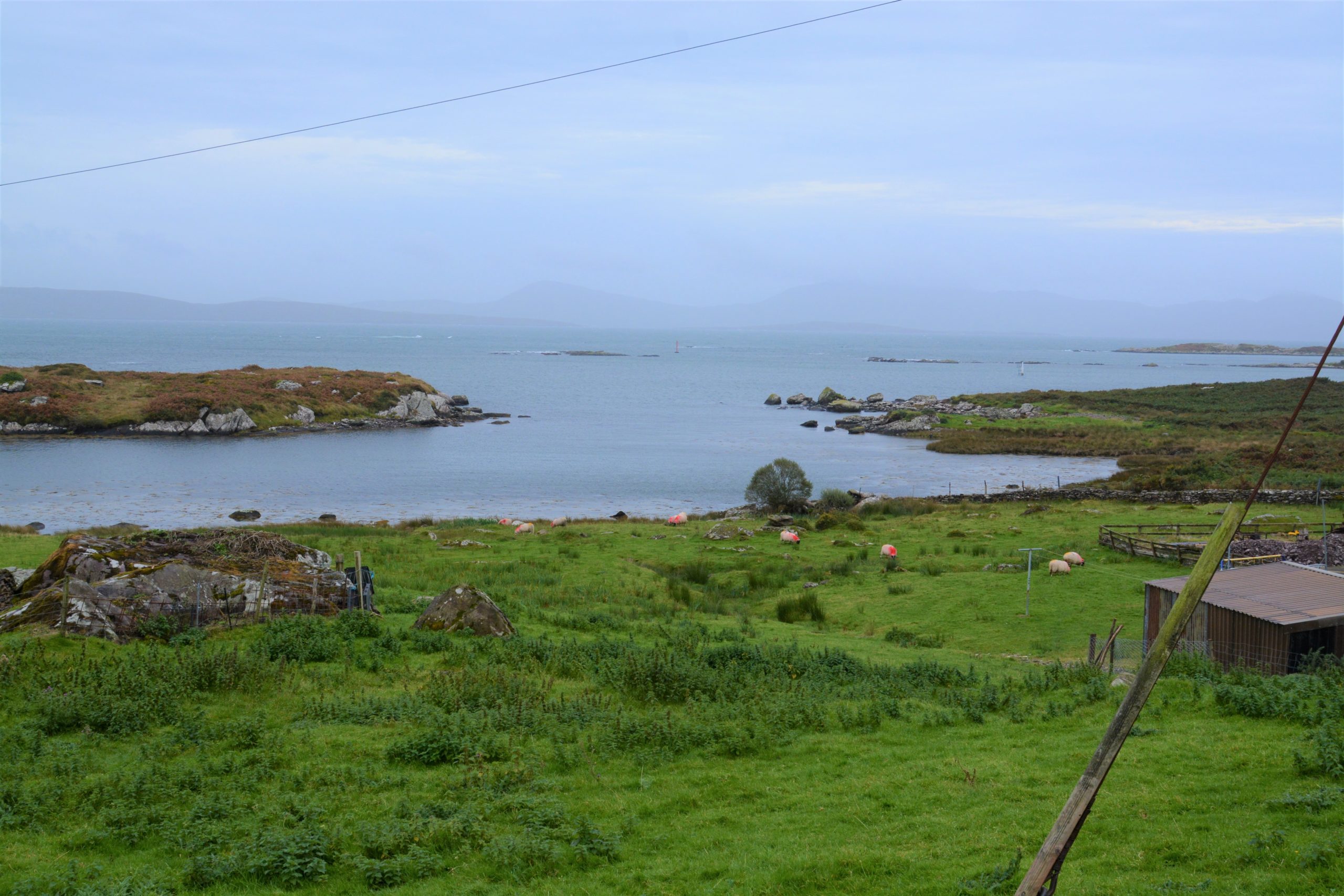Let’s get down to business. How does science communication work (best)? Experience teaches us that…
What’s the “why”?
…our first impulse is to make our results and discoveries visible. However, we should move the actual results to the back.
Instead, let’s start with the question: Why is this topic so important?
If, for example, your research is concerned with Alzheimer’s disease, it makes sense to emphasize the economic and family-related burden of Alzheimer’s in a time of demographic change. So it makes sense to do research here.
Spark interest in your own research area
Nowadays, researchers face the difficulty that a lot has already been discovered and many scientific fields are very differentiated. Scientific “successes”, therefore, tend to be very small. Rarely can they be compared to groundbreaking milestones such as the discovery of penicillin. The challenge is to clarify: “While the time of great singular discoveries may be over, even small ones propel us further. And it’s fun!”
In any discipline there could be people who get the public interested in their academic disciplines. In Germany, that is true of Henning Beck in neuroscience and Mai Thi Nguyen-Kim in chemistry.
A compromise between compelling text and scientific correctness
Texts for science communication that combine information with entertainment differ from the types of texts that scientists usually write in their daily work.
A blog article, science slam or tweet can never be as comprehensive as a paper and must inevitably be simplified. However, if it is shortened too much, there is also a danger of misunderstandings or misinterpretations or that the press will take up a one-sided view.
An example of such a case: researchers at the University of Tübingen succeeded in vaccinating people against malaria under laboratory conditions. PR communicates: breakthrough in malaria research – vaccine found. This, despite the fact that it is rather a progress or a promising first step. This does not mean that no one in Africa will have malaria in two years’ time.
Whoever practices WissKomm must be clear about this: When I say “X”, “Z” happens. Communicators must expect tabloid journalists to shorten the message. Then there is always a potential for misunderstandings or even scandals.
To stick with the example of malaria: After the scientific success story came out, critical individual voices cropped up. After all, test persons were infected with malaria for money. The research was accused of a kind of modern imperialism. A good communication strategy anticipates such accusations or even justified objections. In this case, preventive counteraction would be possible in a number of different ways. A reference, for example, to the fact that the Ethics Committee examined the project and greenlit it. A note of cautious consideration. Emphasize awareness of difficult factors, and so on.
The more transparent one communicates, the better. As prevention or if misunderstandings have already appeared, one can be trained or advised in how to deal with the situation – keyword crisis communication. The aim, however, is to use good and constant communication before and during the research phase to avoid getting into hot waters in the first place.
Dare to communicate clearly!
Especially in German-speaking scientific communication, a complicated and long-winded way of expression is firmly anchored. And there have been some practitioners of line-running sentences in other languages as well.
However, tradition in and of itself is no argument. To have always done something in one way is not an argument to continue to do so in the future, if there are good reasons to approach it differently.. For example, nested sentences may look back on a long and proud tradition. But we now know that people can process shorter sentences better and faster. So why build long and cumbersome sentences when you can communicate the same thing more clearly in three or four individual sentences? Simple expression is not a flaw, but an art. It also saves us time and resources.
We should lose our inhibitions for “stripping down”. Instead, a peek helps: What is my medium? Who am I addressing? Because we have to communicate differently depending on the place of publication and the target audience.
Formats for Science Communication
Thanks to the Internet, it is possible to communicate on very different channels or activity spaces, as we prefer to call them. A few typical examples:
- Blog
- podcast
- Youtube
- Science Sla
- Social Media
- also unusual/creative formats such as comics (e.g. phD or xkcd comics)
The basis of these products is a strategic communication concept that is agile, includes self-reflection, evaluates and readjusts itself and is designed in such a way that the strategy can be adapted again and again.
